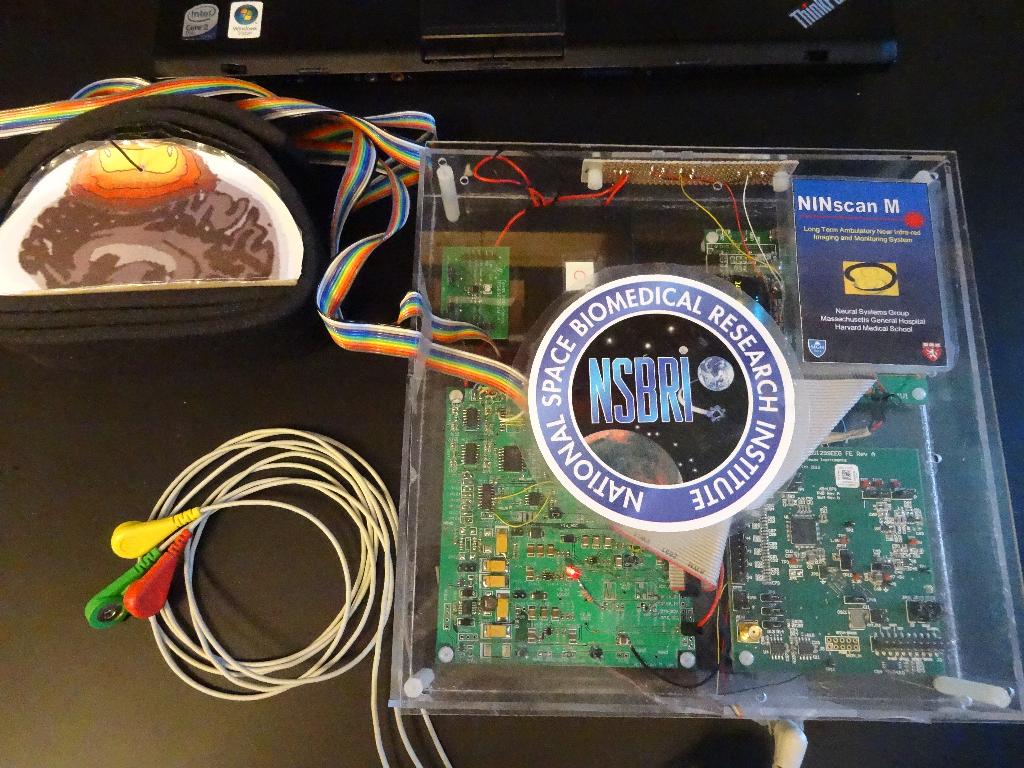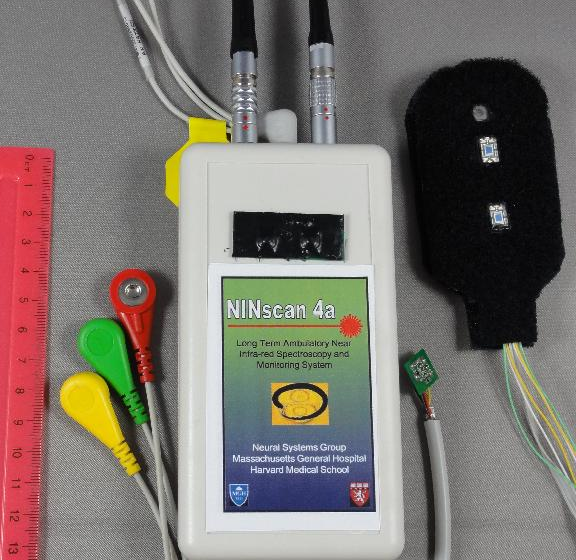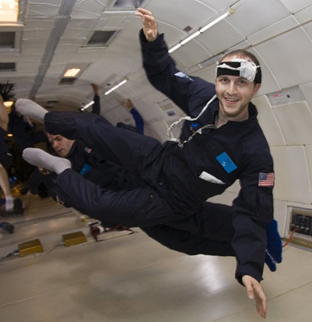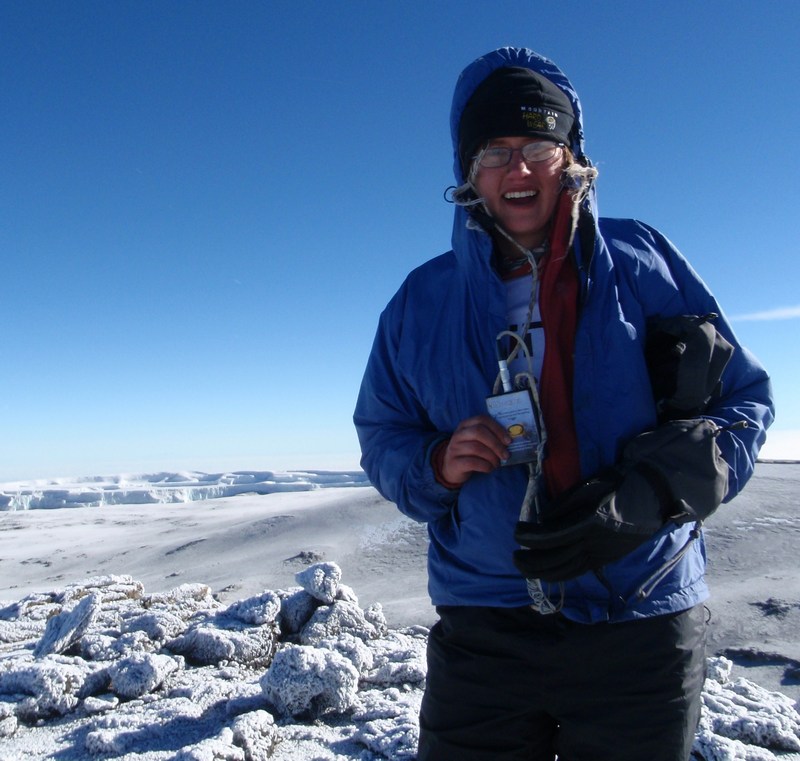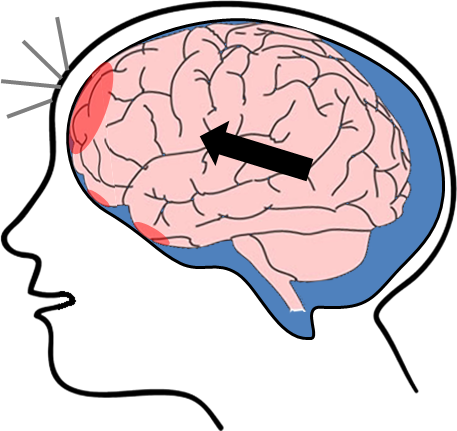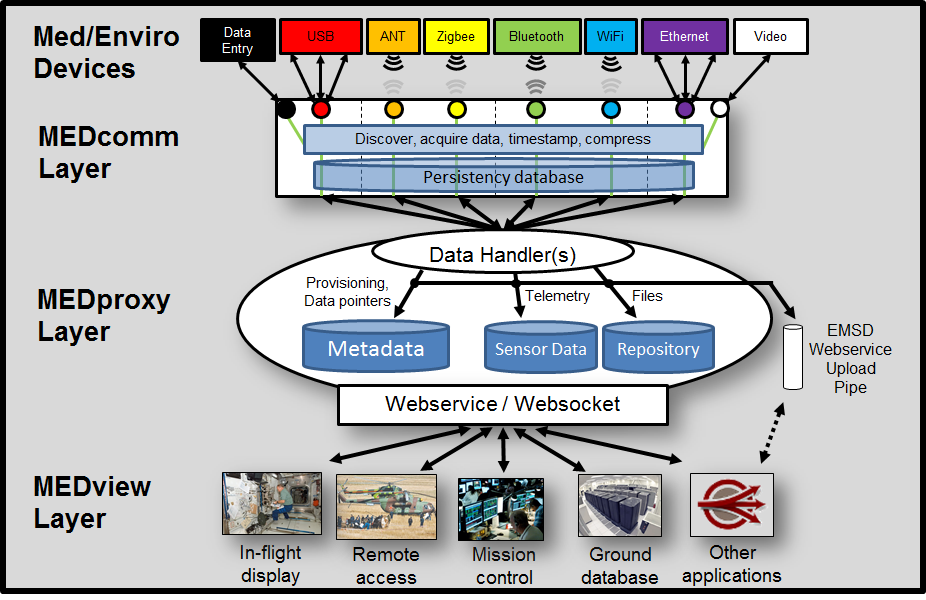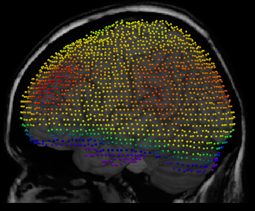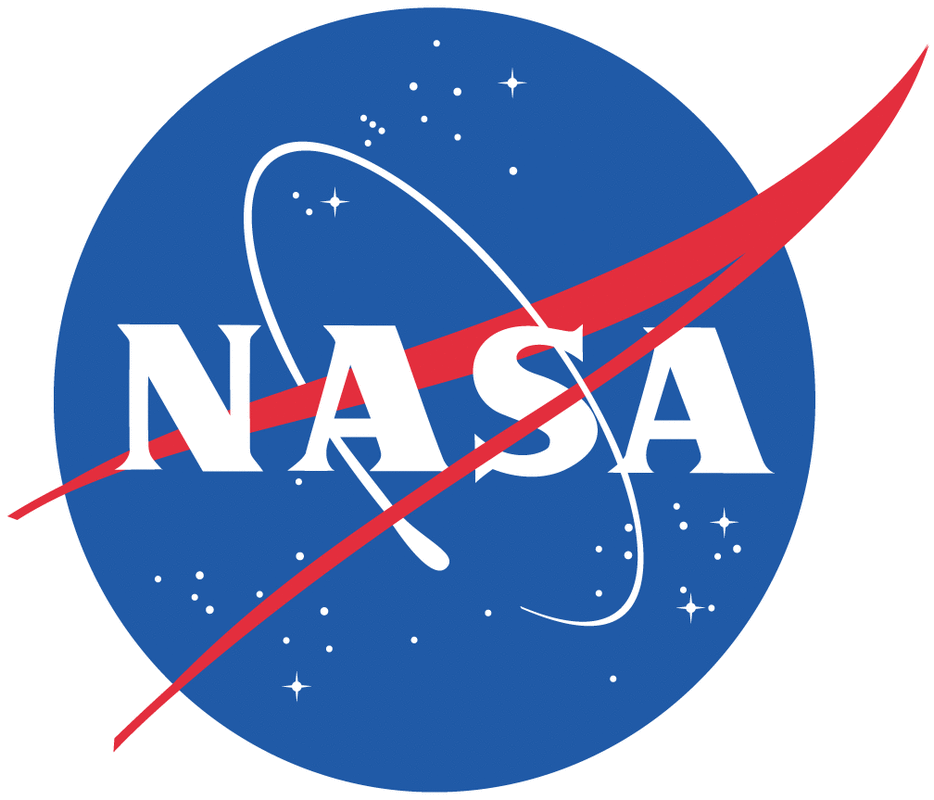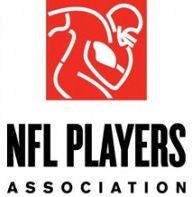Some of our specific research and development efforts are described below.
Mobile Neuroimaging Development
NINscan-M |
Our current mobile neuroimaging device, under development, is intended to be a multi-modal brain and physiological assessment system, suitable for up to 24-hr continuous monitoring. It combines 64-channel NIRS imaging capabilities including automatic gain control, plus 8-channel E*G analog recording capabilities, as well as digital input options, multi-box/external synchronization capabilities, real0time wireless data monitoring, and switchable wall/battery power.
|
Near-Infrared Spectroscopy (NIRS) Validation |
Various investigations over the past 15 years have worked to validate NIRS as a viable brain function assessment option. These include simultaneous MR-NIRS validation studies, and tests in a variety of patient populations (including depression, stroke, and traumatic brain injury).
|
High Altitude Physiology |
In a collaboration with the U.S. Army Research Institute of Environmental Medicine (USARIEM), we are investigating the hypothesis that cerebral edema is associated with acute mountain sickness, and that hypobaric hypoxia can lead to different physiological responses as compared to normobaric hypoxia.
|
Concussions in Football |
Concussions have become a major concern in many contact sports, particularly football. Helmet-mounted sensors have quantified the impact forces involved in football activities, but there has been no way to directly monitor movement of the brain itself during impact. With support from Harvard and the NFL, we are developing and validating a novel brain imaging approach that can non-invasively measure brain position and motion inside the skull while playing football. The information gained from this study will help design better protective equipment, play techniques, and training programs to minimize future concussions
|
Software Development
SpaceMED Data Management Platform |
Developed for NASA, SpaceMED is designed to help automate the data acquisition, storage, communication and visualization of biomedical and environmental data during exploration spaceflight. The same system is suitable for remote or laboratory use, or for consolidating complexity in clinical data collection settings.
|
Photon diffusion modeling |
To better analyze and understand NIRS signals, it is necessary to develop a more comprehensive model of photon propagation through complex tissues such as the head. We are using a large cluster-computer to compute tens of thousands of Monte Carlo simulations to obtain detailed maps of NIRS sensitivity to brain and other tissues.
|
Clinical / Population Research
Depression |
Depression is typically assessed via self-report questionnaires and symptoms, but a more objective assessment would be helpful. Functional brain imaging has suggested candidate measures, but fMRI and PET are too expensive to use in routine clinical work. Mobile NIRS devices could enable functional brain assessments during office visits or even at home to help more objectively identify remission, and track response to therapy, or physiological effects of pharmaceuticals.
|
Stroke Rehabilitation |
Stroke rehabilitation involves (re)developing neural pathways to help restore behavioral functioning. Monitoring brain function during rehabilitation has been difficult because most imaging modalities require the patient to remain very still. Mobile NIRS technology enables recordings during real-world activities, affording a new look at brain activity during rehabilitation that could potentially help guide the process.
|
Sub-acute Traumatic Brain Injury (TBI) |
Following a TBI, the goal of patient management is to avoid secondary brain injury from sequelae such as edema, inflammation, and excitotoxic events. However, detection of post-TBI problems arises from systemic physiological signs because continuous brain monitoring is not possible. Our mobile NIRS devices enable 24-hr continuous monitoring to detect changes in cerebral perfusion and oxygenation as potential brain-based signs of worsening in need of treatment.
|
Chronic Traumatic Brain Injury |
Current approaches for TBI rehabilitation tend to be ad hoc, as it is not clear a priori what type of therapy would provide the most benefit to a given patient. We have identified pre-therapy structural and/or functional brain measures via MRI that provide predictive value regarding therapy outcomes.
|

